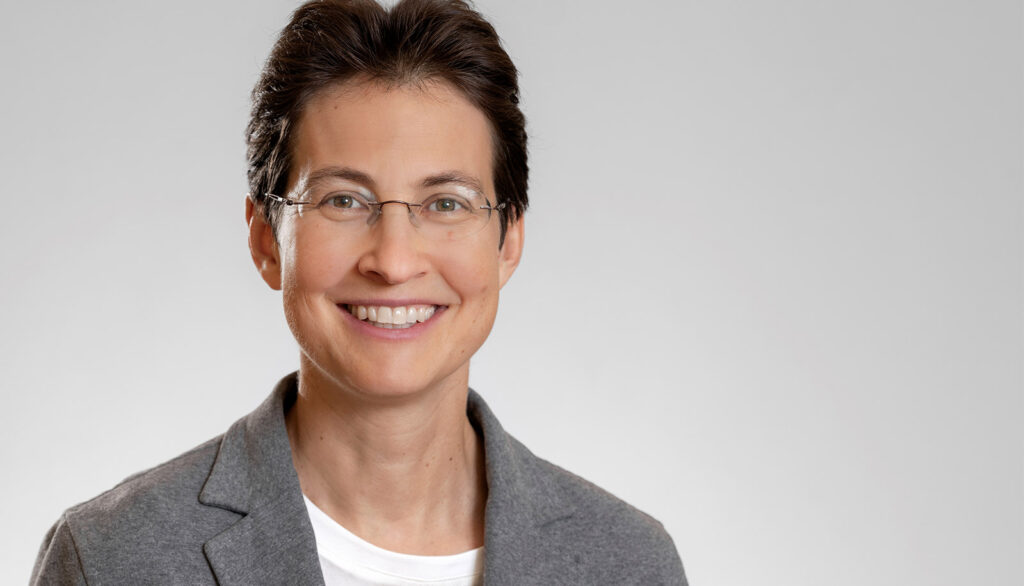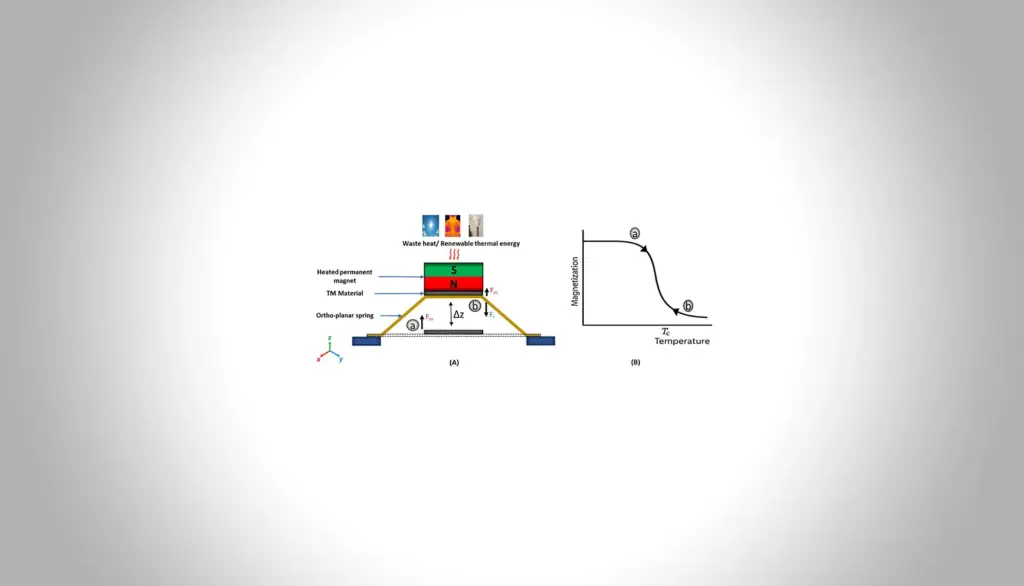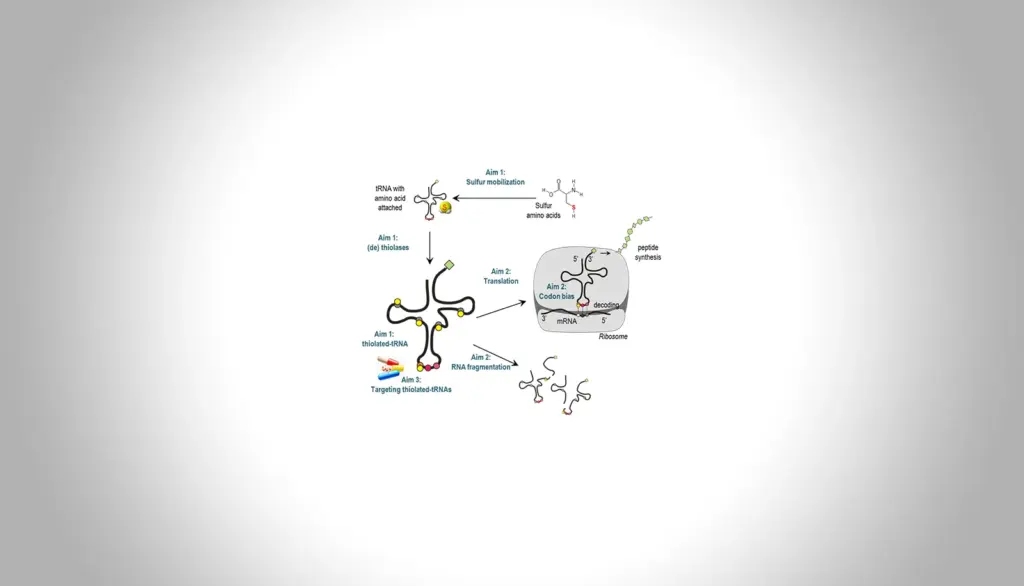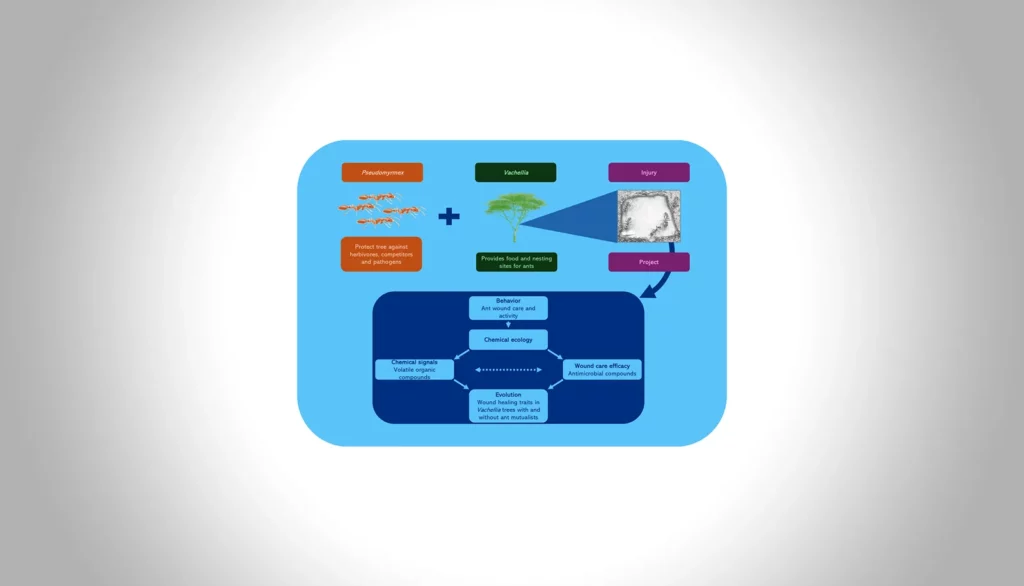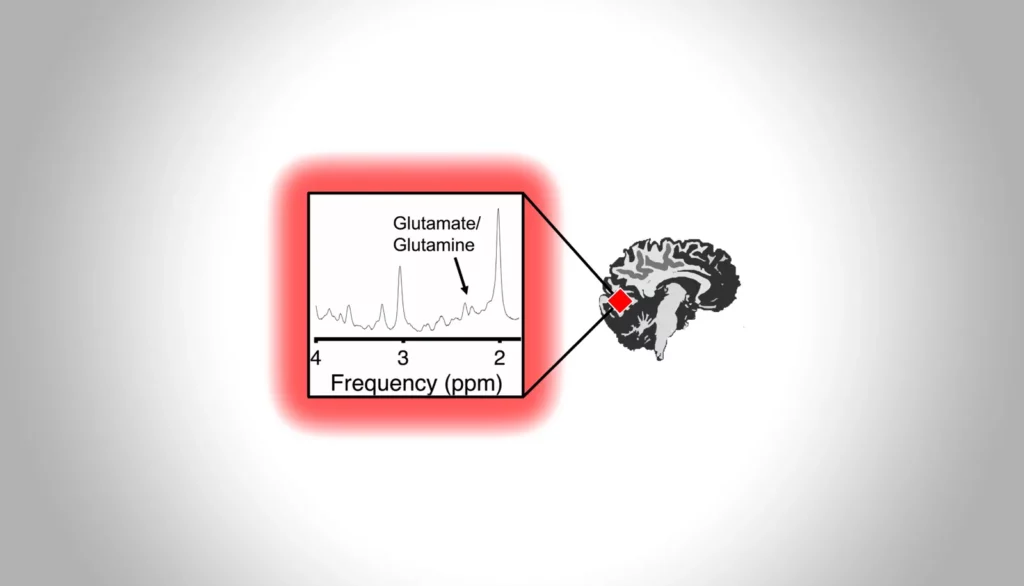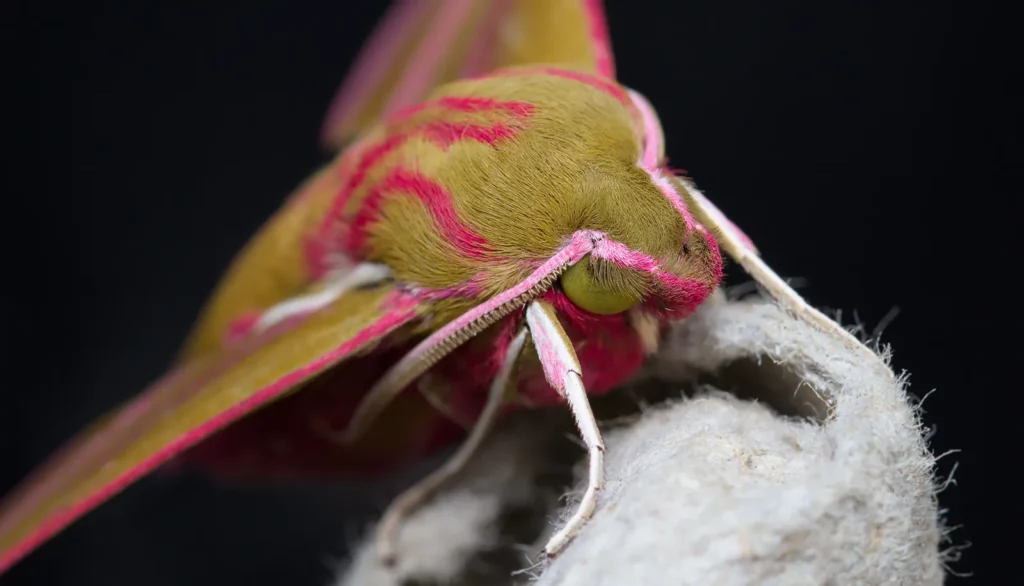Modular Synthesis of Nitrogen-Stabilized Carbene Complexes
Vanessa Vethake - Hector Fellow A. Stephen K. Hashmi
This project dealt with the development of a modular synthesis that allows access to a wide range of catalysts with properties tailored to the needs of the reactions to be catalyzed. The synthesis makes it possible to construct various N-heteroacyclic and N-heterocyclic carbene ligands with a wide range of electronic and steric properties directly at the metal center.


